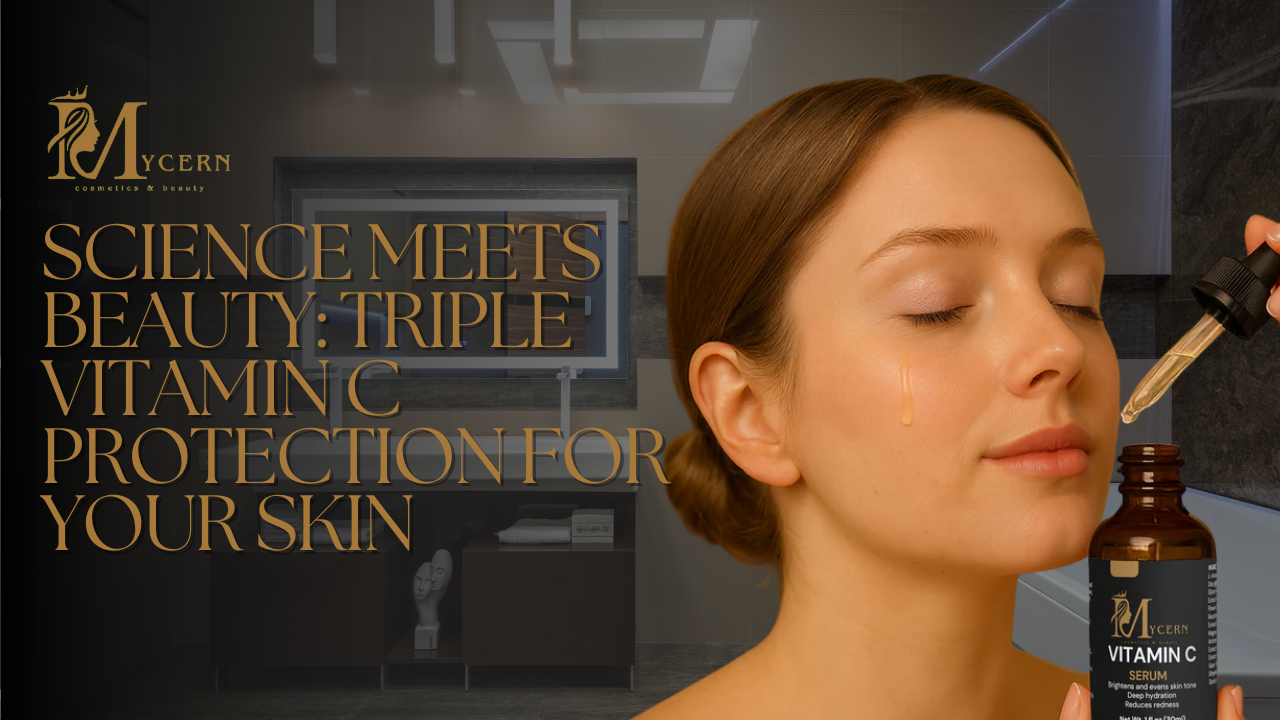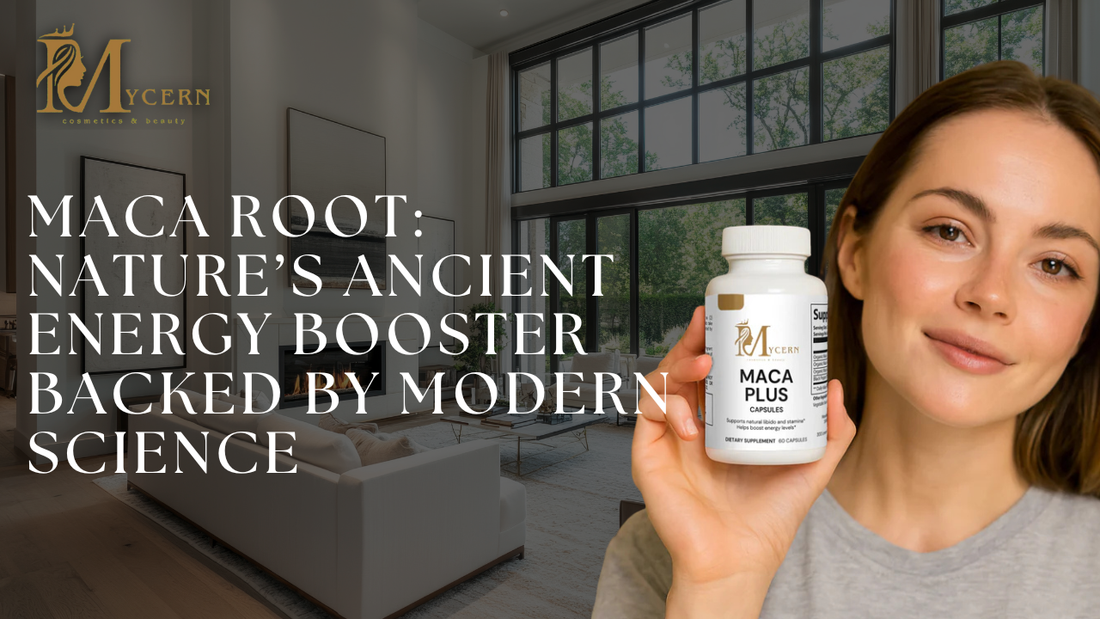Introduction
The skin is an organ that is subjected to a variety of external environmental variables. The skin experiences age-related functional and structural degeneration as a result of the interplay between internal and external influences [1].
A strong antioxidant, vitamin C, protects the skin from free radicals that cause aging. Owing to its capacity to brighten skin and promote collagen formation, vitamin C is a highly acclaimed element in skincare products [2].
Vitamin C should be administered daily. It can also be used topically, where various forms provide varying advantages based on the proportion, stability, and solubility of the formulation. Vitamin C exists in several forms, and it is critical to select the one that will work best for your formulation.

Triple Vitamin C Protection for Your Skin
L-ascorbic acid is a chemically active form of Vitamin C. Free radicals are neutralized and photoaging symptoms are lessened by the antioxidant properties of L-ascorbic acid. Ascorbic acid promotes collagen synthesis, lightens the skin, and decreases hyperpigmentation [3].
Collagen synthesis in the skin is mostly carried out by fibroblasts in the dermis, which produce the dermal collagen matrix and basement membrane. Several investigations using fibroblast cells in vitro have shown that collagen hydroxylase enzymes are dependent on vitamin C, and that the absence of vitamin C results in decreased crosslinking and total synthesis [4].

Magnesium Ascorbyl Phosphate (MAP) is a water-soluble form of vitamin C intended to improve the stability and efficacy of cosmetic products. Although MAP is a kinder on the skin and therefore perfect for delicate or reactive skin types, it still has the antioxidant, collagen-stimulating, and skin-brightening properties of vitamin C [5].
3-Glyceryl Ascorbate is a water-soluble form of vitamin C synthesized by combining the humectant glycerin with ascorbic acid. This substance provides formulary flexibility and is considered more stable. It brightens the skin and promotes skin regeneration by acting as an antioxidant to prevent UV- and stress-induced damage. It improves elasticity by increasing the formation of collagen [6].
Conclusion
A tried-and-true, scientifically supported ally for youthful, glowing skin, vitamin C is more than simply a trend in skin care. Brightening, collagen support, and antioxidant defense are all provided in a stable and mild manner by MyCern Vitamin C Serum, which is stabilized and strengthened by ferulic acid and contains the combined strengths of ascorbic acid, magnesium ascorbyl phosphate, and 3-glyceryl ascorbate. When combined, they provide anti-aging protection, restore the damaged skin, and maintain daily skin radiance.
References
5. Ravetti, S., et al., Ascorbic acid in skin health. Cosmetics, 2019. 6(4): p. 58.
About the Author
Dr. Hina Manzoor, Ph.D. in Biochemistry, is a nutraceutical specialist with over four years of experience as a Quality Control Manager in the supplement industry. She is passionate about bridging the gap between science and wellness, providing evidence-based insights to help readers make smarter health decisions.





